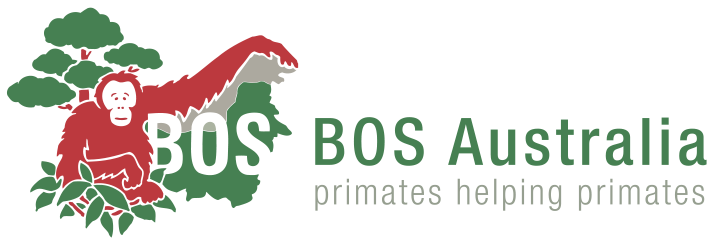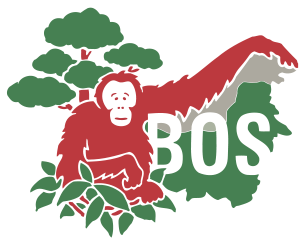HOW TO FIND A RELEASE FOREST

Careful consideration is essential when determining the release area for orangutans. One of the most important factors is ensuring that the forest is productive and its natural food sources can sustain an orangutan population far into the future.
To assess the suitability of potential areas and monitor the health of the forests we work in, our Post-Release Monitoring (PRM) teams regularly conduct phenology surveys.
Phenology surveys involve recording data monthly on marked plants along set transects. As the team follows the route, they record each plant’s phenological stage (meaning if there are young leaves, mature leaves, flower buds, blooming flowers, unripe fruits, or ripe fruits) and the abundance and coverage of each type of growth.
With this data, we track changes in development, which serve as early indicators if the ecosystem has been disturbed by changes in climate or human intervention. We can also use it to predict the fruiting seasons and plan orangutan releases accordingly.
- Bunga Saraca
- Buah Enicosanthum paradoxum
- Ardisia sp.
In the Kehje Sewen Forest, we have identified hundreds of orangutan food sources, including wild fig trees (Ficus spp.), various jackfruit species (Artocarpus spp.), and several types of wild ginger shoots (Etlingera spp.).
In addition to the nearly 200 plant species we recorded on these phenology surveys, the forest is rich in alternate orangutan food sources such as termites and ants. The vast biodiversity of the Kehje Sewen Forest supports this important ecosystem as each species plays a unique role in its healthy functioning.
When we protect our forests, they return the favour, providing us with a stable climate and plentiful resources.








